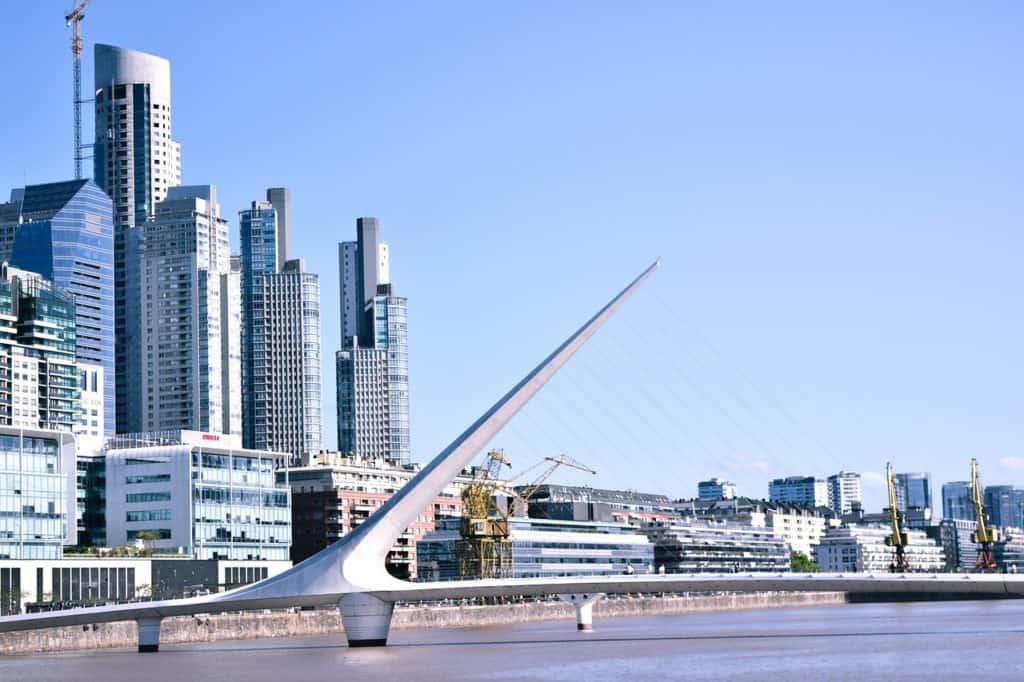The government has declared it will provide foreign tourists with a more favorable exchange rate on card transactions in an effort to increase tourism revenue, suppress the black market for exchange, and increase Central Bank reserves.
The official rate of 158 pesos per dollar currently applies to purchases made in Argentina with means of payment issued outside Argentina. Under the new regulation, which went into effect Thursday, foreign tourists who do not reside in Argentina and use non-Argentine credit and debit cards will have access to an exchange rate similar to that of the “Dólar MEP” (Mercado Electrónico de Pagos), which was about 292 pesos per dollar in mid-week.
The measure sets an exchange rate that is 90% better than the official one and applies to all travel-related costs in the country, such as excursions, lunches and vacation packages.
Officials said the measure was published by the Central Bank in the Official Gazette on Thursday and took effect on Friday. They said it would make travel to Argentina easier and safer.

Of the roughly $200 million to $250 million in monthly tourism revenue, the government estimates that only $30 million enters the country through the formal sector. Tourists can now use their credit or debit cards at a rate comparable to the MEP exchange rate or what they previously paid with the unofficial and illegal “Dólar Blue” rate.
The government of President Alberto Fernández is having difficulty convincing visitors to deposit money into the country’s complicated financial system as inflation approaches 100%. In Argentina, tourists traditionally prefer cash, but this trend has worsened in recent years due to the discrepancy between the official rate and a maze of alternative, parallel prices.
Government officials emphasized how easy the process is for tourists. Visitors use their credit cards to pay in pesos, and instead of using the official exchange rate, their credit card statement shows their consumption in dollars.
For example, if a visitor pays 10,000 pesos for lunch and those pesos are converted at the official rate of 155 pesos, they will be charged US$64.30. With this new method, they will still pay 10,000 pesos for lunch, but their credit card statement will show a consumption of US$34.24.
The credit card managers will get the dollars and have five days to cash them in, as they have in the past, but they will have access to the MEP exchange rate through financial markets rather than the MULC (Mercado único y Libre de Cambios) official exchange rate.

